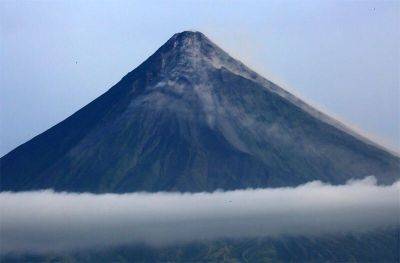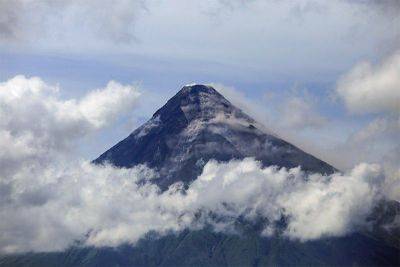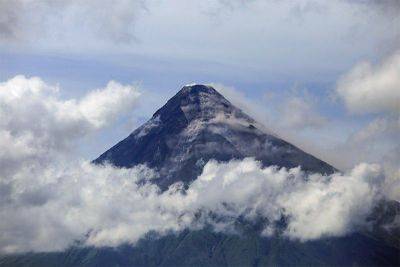70 quakes recorded, highest this month for Mayon Volcano
THE Philippine Institute of Volcanology and Seismology (Phivolcs) has recorded 70 volcanic earthquakes at the restive Mayon Volcano from Saturday morning to yesterday morning.
The 70 quakes recorded from 5 a.m. Saturday to 5 a.m. yesterday is the highest in a 24-hour monitoring period this month.
According to Phivolcs data, the second highest this month was 37, recorded from 5 a.m. of October 15 to 5 a.m. of October 16.
Phivolcs also said it recorded a pyroclastic density current event and 51 rockfall events.
The highest pyroclastic density events recorded this month was six, monitored from 5 a.m. of October 5 to 5 a.m. of October 6.
Meanwhile, the highest rockfall events at Mayon for this months was 180 — registered from 5 a.m. of October 7 to 5 a.m. of October 8.
Phivolcs said it recorded 727 tons of sulfur dioxide emission (SO2) from 5 a.m. Saturday to 5 a.m. yesterday. The highest S02 emission of Mayon this month was 1,969 tons recorded from 5 a.m. October 3 to 5 a.m. of October 4.
Phivolcs said its observations “indicate that Mayon is still generally inflated relative to baseline levels.”
Phivolcs raised Alert Level 3 (increased tendency towards hazardous eruption) at Mayon last June due to increased volcanic activities.
“Alert Level 3 is maintained over Mayon Volcano, which means that it is currently in a relatively high level of unrest, and hazardous eruption within weeks or even days could still be possible,” Phivolcs said in a bulletin yesterday.
It said people within the six-kilometer danger zone should remain evacuated “due to the danger of PDCs (pyroclastic density currents), lava flows, rockfalls, and other volcanic hazards.”
Phivolcs also advised the public to watch out for PDCs, lahar flows and sediment-laden stream flows.







